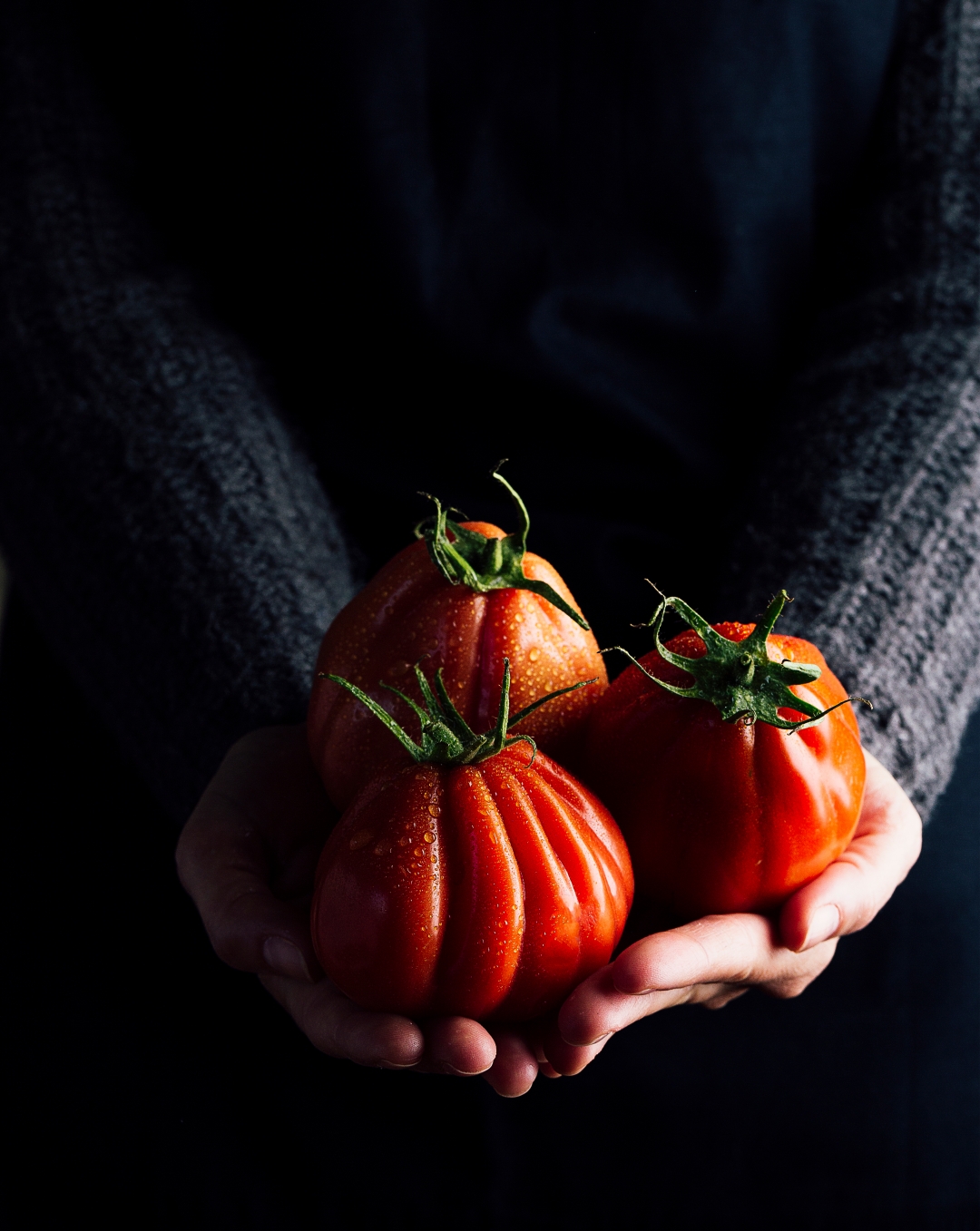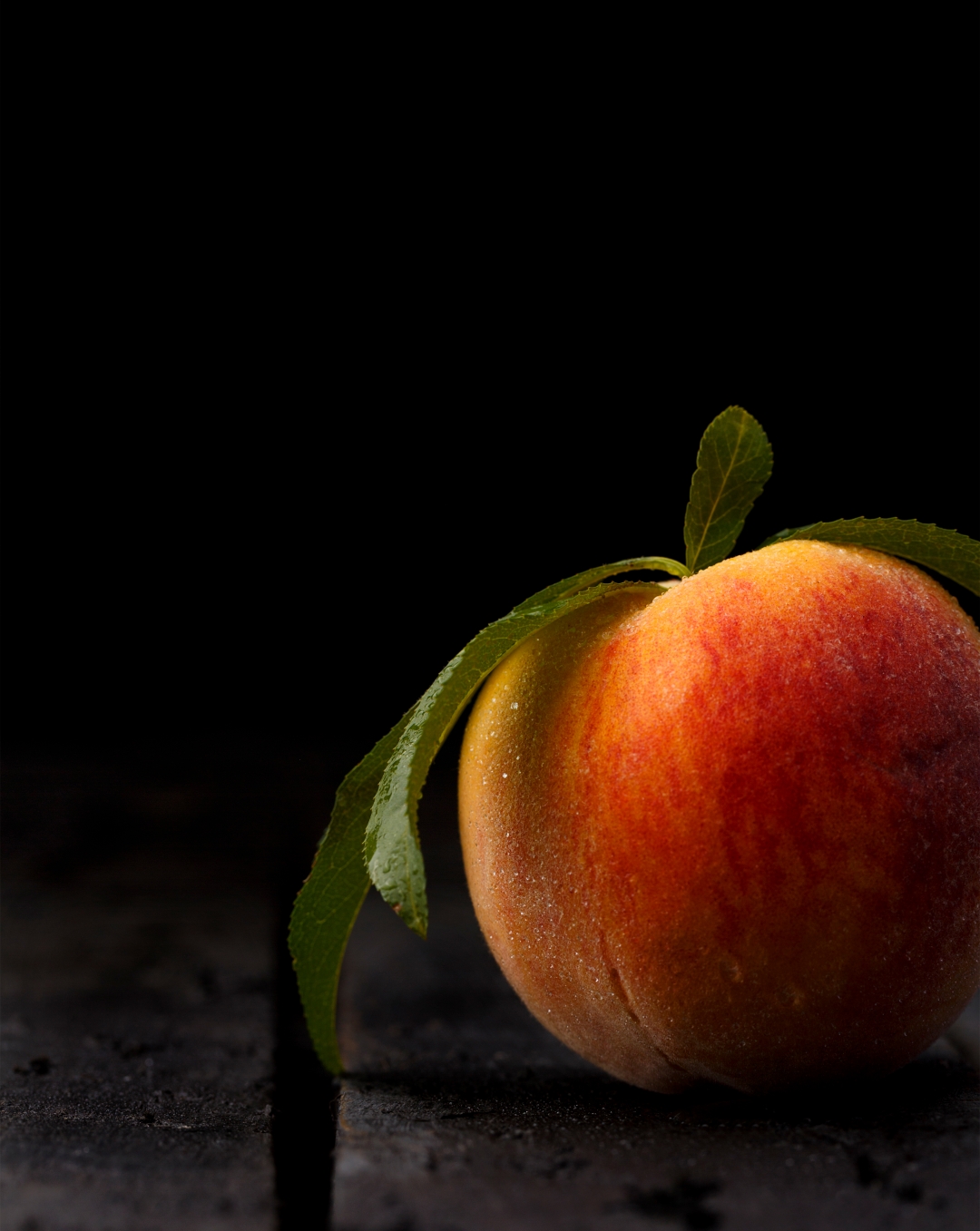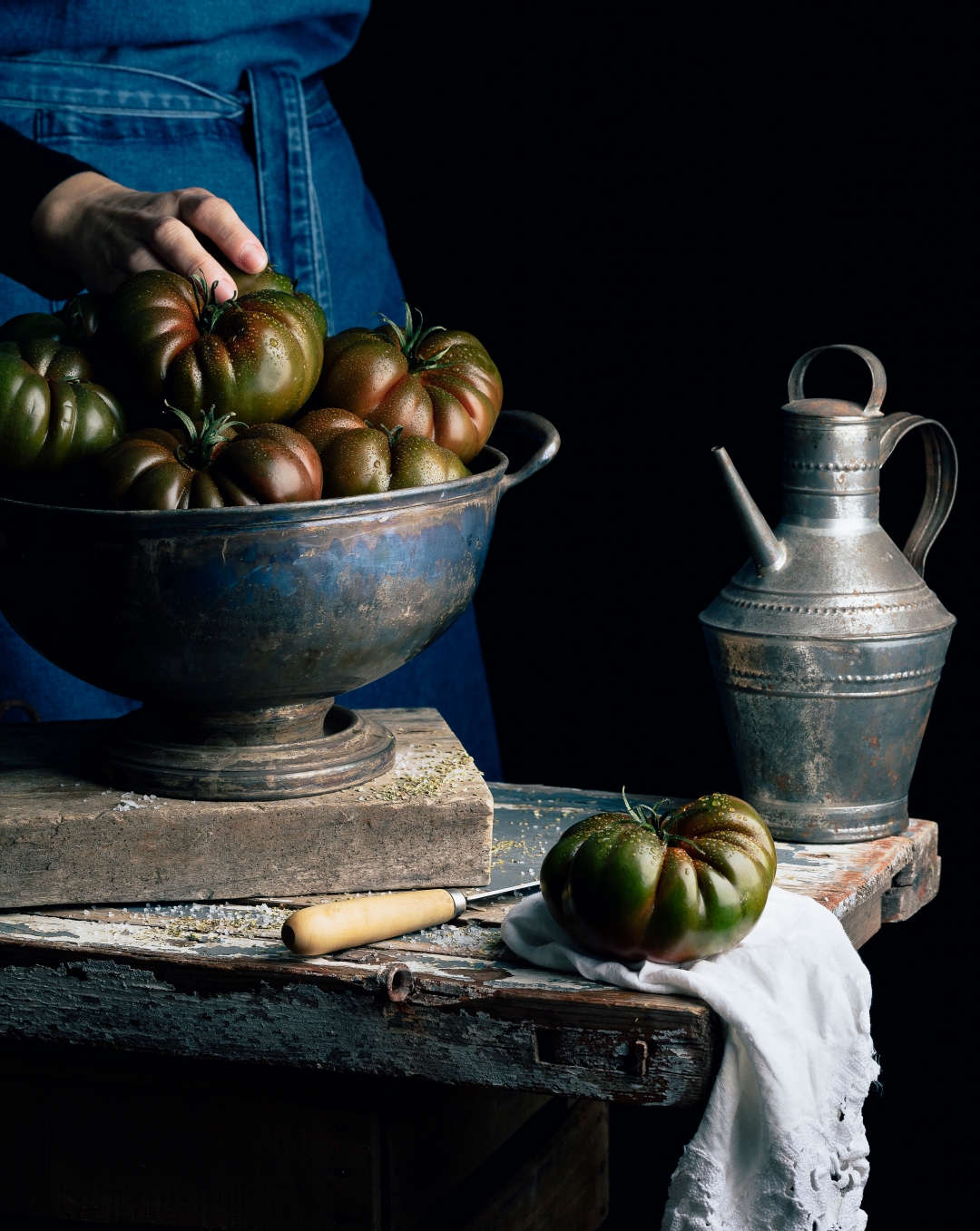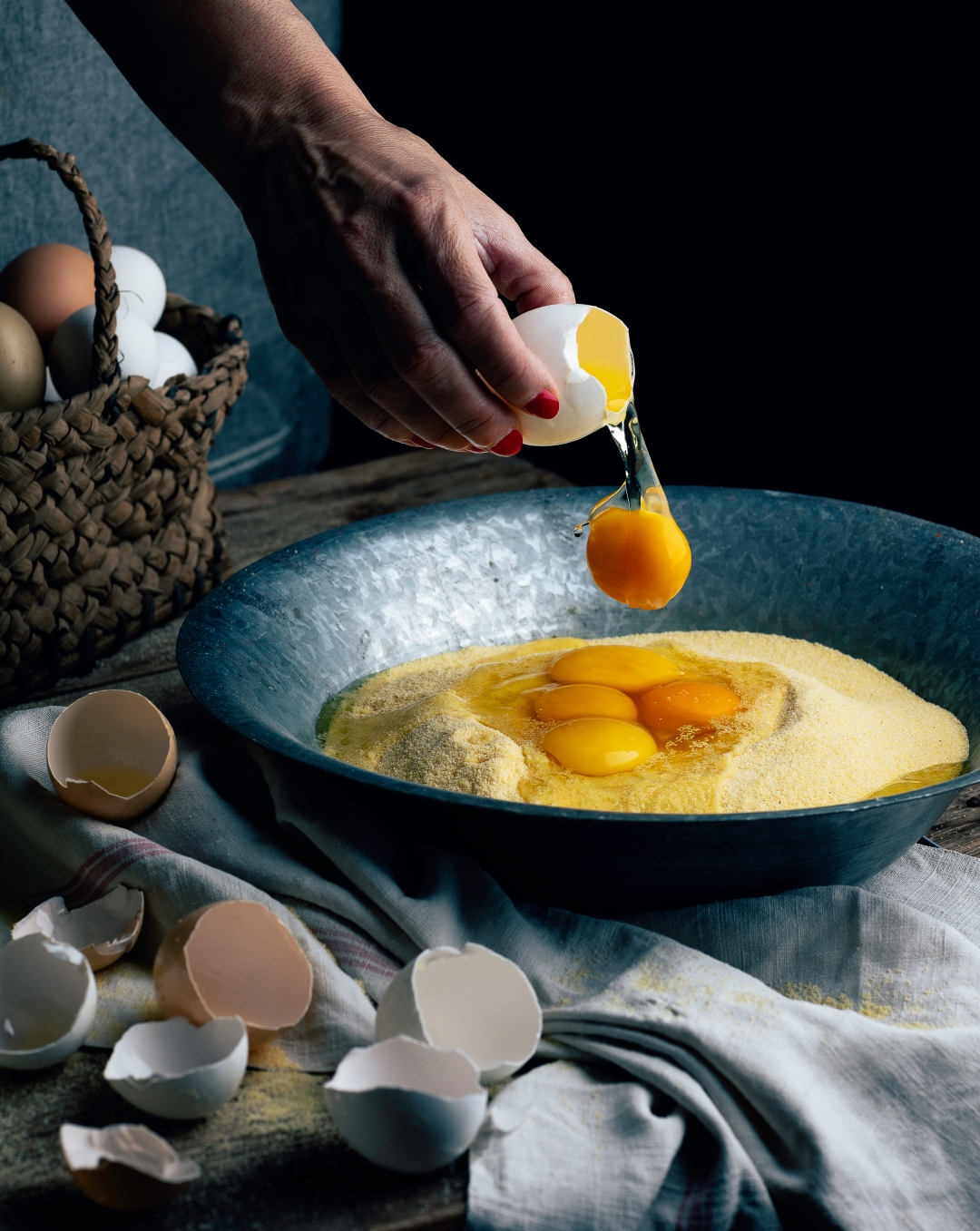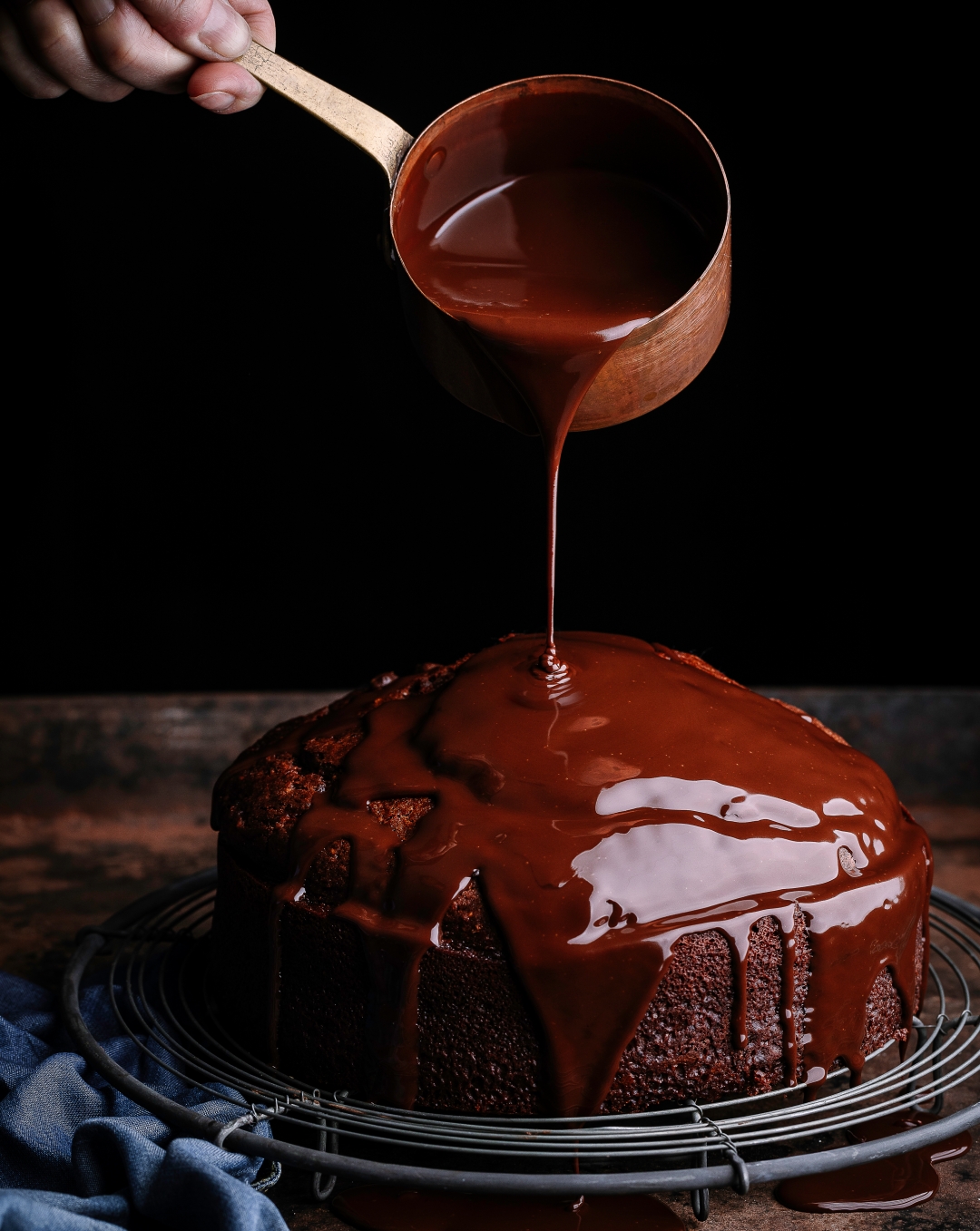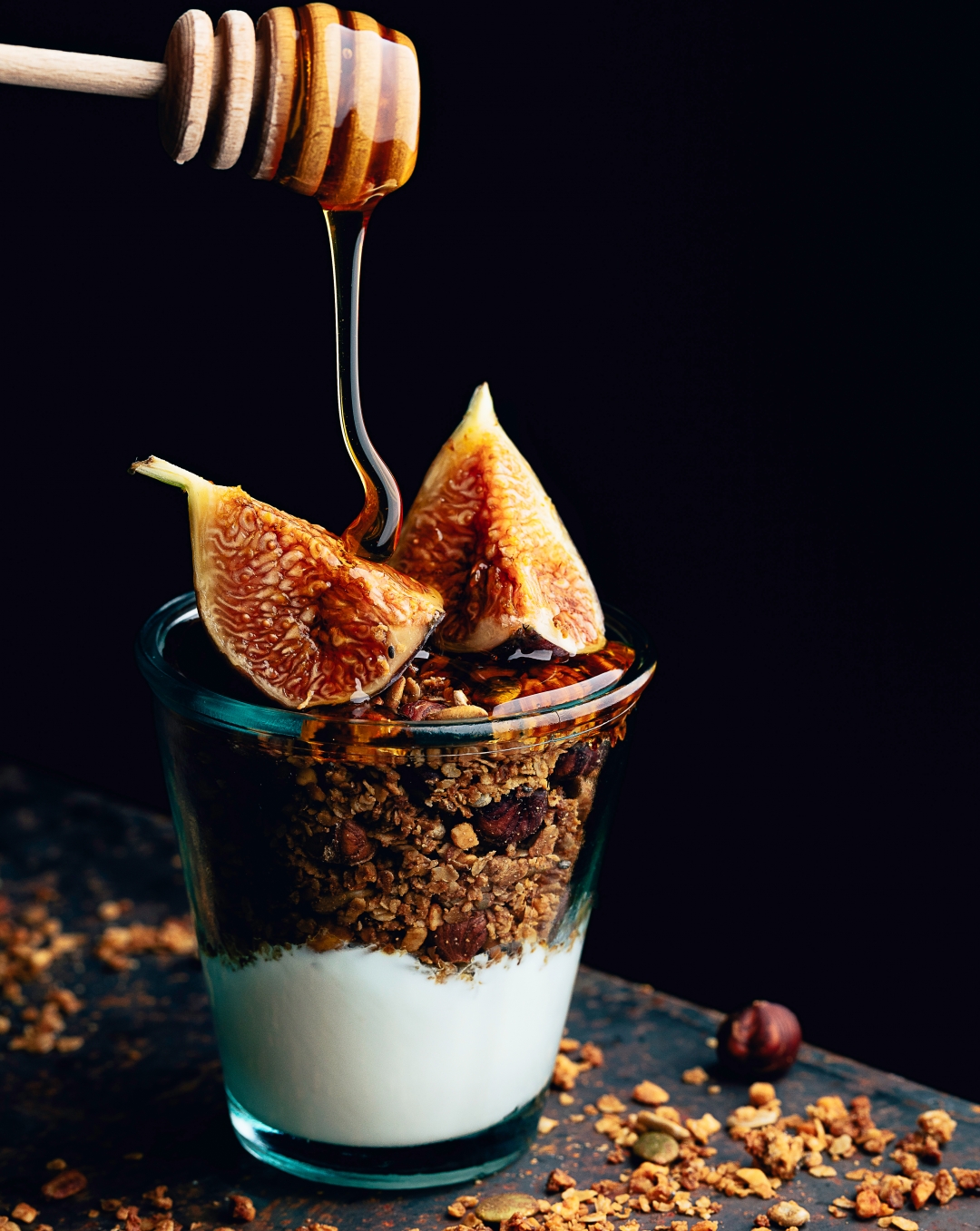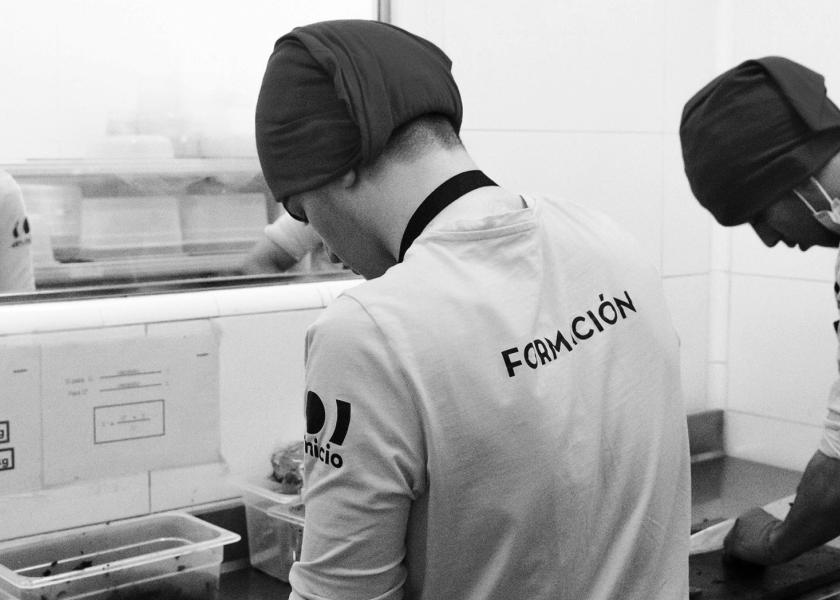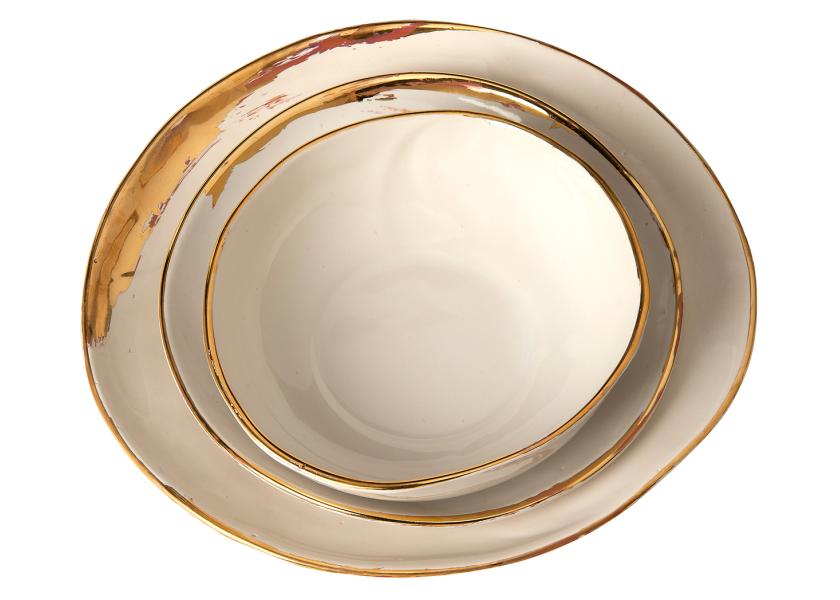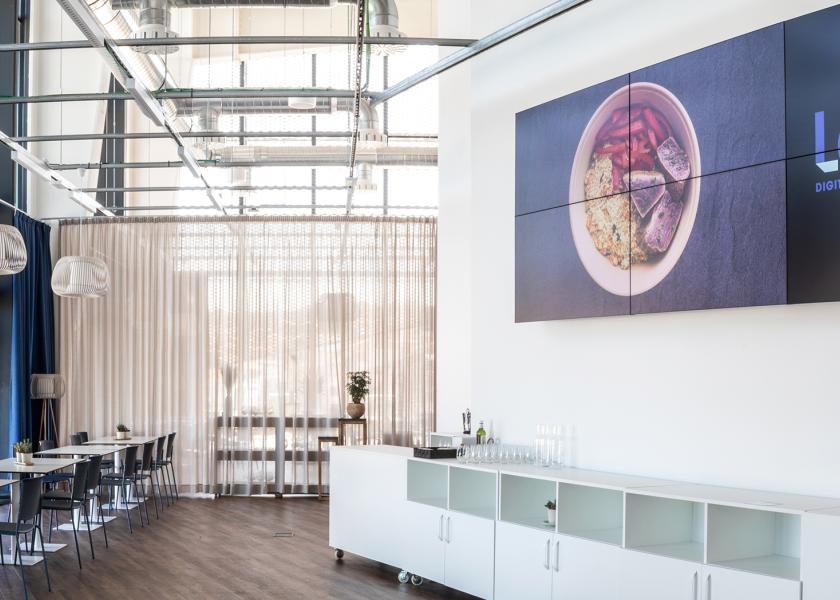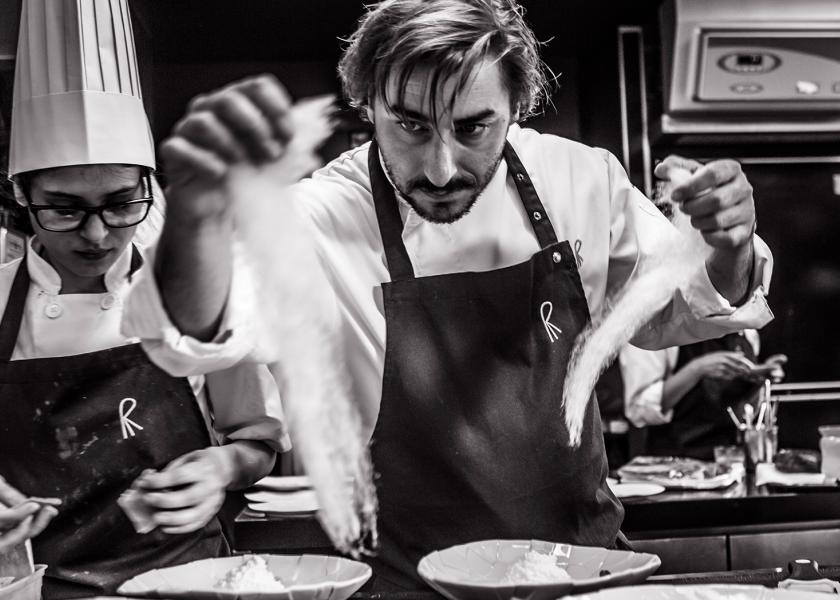Raquel Carmona
Baroque Cuisine
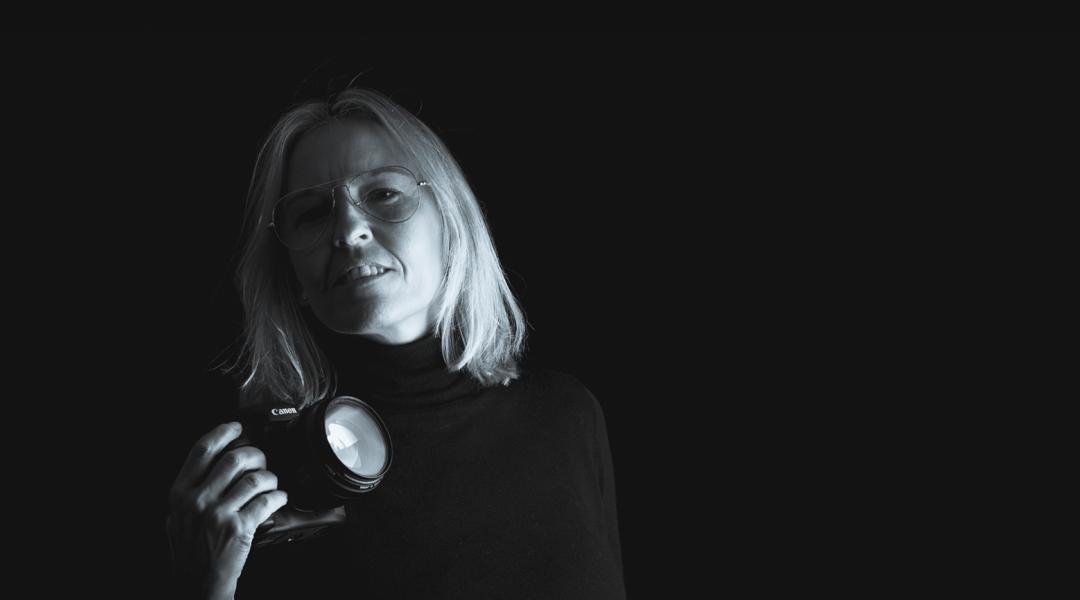
A self-taught photographer, Raquel Carmona has forged an unmistakable style in food photography, her images resembling still lifes by Velazquez. Her masterful command of light, which she has honed after hours of trial and error, and her love for the Baroque inform her pictorial culinary photographs, which feel like they can be bitten and savoured.
Just when we thought there was nothing new to see in food photography and that no photograph could possibly surprise us after the rustic bread craze, dish close-ups everywhere and unceasing healthy smoothies, here comes the inventive food photography of Raquel Carmona (Córdoba, 1972), the author of the Los Tragaldabas blog and the book Foodie. El festín de la fotografía y el estilismo gastronómico (Foodie. The Feast of Photography and Food Design) published by Anaya. How to revolutionize culinary photography and stand out in times of Pinterest and Instagram?
Going back to the past. The passion for art of this Cordovan photographer informs her unique style. “When I’m asked about my photographic models, I can hardly pick one. I follow culinary blogs that I find interesting as well as culinary photographers, but my models are pictorial: the only high school book that I keep is my Art History book. I love the Baroque and the Renaissance, that’s where I draw inspiration from.”
“I love the Baroque and the Renaissance, that’s where I draw inspiration from”
Her images are reminiscent of Velázquez’s still lifes and of 16th-century Flemish painting, rich with marked chiaroscuros, old crockery, wood, fabrics, and fruit baskets. Carmona’s food photography takes us on a journey to the past through the ingredients and the recipes that she prepares.
“I think food photography should awaken in viewers the desire to eat the food. My goal is to convey the smells, the flavours... But, above all, to evoke memories. Many people tell me: “That image reminds me so much of my grandmother's house and the smells when she cooked.” Although telling stories through images may seem like a cliché, when it comes to food photography it is in fact very difficult. There may be dishes deserving a close-up, but I’m not that interested in them. I need to tell a story, and smells and flavours are connected with stories that we all remember,” says someone who learned to cook by observing her grandmother, the cook of the family, whom she honours in her blog: “All my childhood memories bring me to that kitchen. It was our sanctuary, our meeting place, our confessional, the place where we shared everything while my granny cooked her delicious stews. Not everyone has the good fortune to learn from someone so passionate about food, that’s why I feel privileged. That’s, without a doubt, one of the main reasons I’m here today doing this.”
From the plate to the blog
Eventually, Raquel Carmona specialized in “bon vivant” art through food: stews, sponge cakes, salads, snacks, creams, sweets, bread loaves--recipes that whet your appetite by just looking at them. Her passion for cooking lead to the creation of a food blog, which required images for her recipes and dishes because the culinary blogs she followed were real temples of food photography. “When I started my blog in 2008, I had no idea about photography, but I used to follow several international blogs which took great care in presenting the plates. Why not try to do the same? My husband Javier, because of his job and because he’s an amateur photographer, taught me photography from scratch: the diaphragm, the speed, the composition, the use of natural and artificial light…,” she says. “I’ve never taken a photography course, but I have dedicated many hours, weeks, months to it and have taught myself by way of trial and error, by reading blogs and books. "Everyone should read the cameras’ instruction manuals!” As she says, technique is something that is eventually learned; the difficulty is “to find a language and a style that identifies your work and differentiates you from the rest."
"As I cook, I think about what kind of colours, textures, utensils and props would fit that recipe"
Her professional work for brands and restaurants is defined by a baroque language. In the silence of her studio, surrounded by ingredients, spices and still lifes, she displays her creativity, and although she has also accepted commissioned portraits of chefs, she prefers the loneliness of the cooking pot. “On a creative level I feel more comfortable when I cook the recipes I’m going to photograph. I don’t plan a session: as I cook, I think about the colours, textures, utensils and props that would fit that recipe. When I set up a scene, I don't know what I'm going to use, there is some room for improvisation. Quite often I’ve finished a dish and arranged everything only to realize it didn’t work. Trial and error are good teachers.”
Her basic equipment consists of a Canon EOS 5D Mark III and a Mark IV Bodies, and although she used to rely a lot on a 50mm f / 1.2 lens, the increasing complexity of her photographs and sets required her to use 100mm, 85mm and 35mm lenses for zenithal images. “My tip for amateur photographers is not to economize on lenses and bodies and not to splurge on accessories at the beginning. Why not start testing the strobist technique with a hand flash? I started using one but, after many tests, I needed an upgrade. When I became professional, I decided to invest in two Profoto studio flashes,” she says. And adds: “My photos need artificial light, so I don't depend on natural light. The fact that it’s sunny or overcast or days are shorter in winter doesn’t affect my work. Artificial light is part of my language. It allows me to work at night if I want, to recreate the sets and the almost cinematic contrast that I look for. But in the end, neither the camera, nor the lens or the flashes take the picture: if it’s not in your head, it will not be present in the photograph.”
